Cucumbers Tchaikovsky F1 and features of their cultivation
The Tchaikovsky F1 cucumber hybrid appeared only 6 years ago, so it has not yet spread as widely as more familiar varieties. However, it has already proven itself on the positive side due to its high yields, the ability to self-pollinate and early ripening (40 days from the moment the seedlings were transferred to the ground).
This cucumber variety was bred in Holland 6 years ago. Representatives of Rijk Zwaan (Netherlands) took part in the breeding work. They received this variety in 2013, and in 2017 it was included in the Russian register of the Federal State Budgetary Institution "State Sort Commission".
Chaikovsky F1 was developed as a result of the improvement of the closely related Kibriya variety. These hybrids are actively supplied to various countries, including Russia and Ukraine.
What is interesting about Tchaikovsky cucumbers
The variety is distinguished by small fruits (on average 9–10 cm), which are completely pitted with sharp tubercles. On the one hand, it frightens off, since the impression is formed that the cucumber is "not mature enough", and therefore not ripe. In fact, if you taste the fruit, you can be sure that it is juicy and has a pleasant taste. If you provide it with timely watering and feeding, as well as get rid of frosts below +10aboutC, you can get a good harvest - 5 kg from 1 m2.
Also, Tchaikovsky F1 is interesting for its rapid development: already 6 weeks after the first shoots, you can harvest. In the South, North Caucasus and Black Earth, it can be grown in a spring-summer cycle to avoid the hot July season. In Siberia and the Far East, it can be grown a little later, in the “summer-early autumn” cycle, to avoid spring frosts.
Finally, this variety has another advantage - the ability to self-pollinate. Therefore, it can be grown not only in the garden, but also in the greenhouse. Indoor placement solves many problems. On the one hand, the harmful effects of night frosts can be excluded. On the other hand, the greenhouse allows you to optimally distribute the beam of rays: Tchaikovsky likes good lighting, but does not tolerate too hot sun, that is, prolonged exposure to direct rays is also undesirable.
Description of the variety
A description of the most important characteristics of the variety is presented in the table:
| Variety information | First generation hybrid (F1) |
| Pollination type | Parthenocarpic |
| Type of ovary formation | Buchkovy |
| Ripening rate | Early, 60 days from sowing to harvest |
| Cultivation area | In greenhouses - everywhere, in open ground - in most regions, except Siberia and the Far East |
| Stocking density | 5 bushes per m2 |
| Yield | 4-6 kg from 1 m 2 |
| Fruit type | Medium-fruited |
| Purpose of fruits | Salad |
| Is there bitterness in the fruit | Without bitterness |
| Resistant to adverse conditions | Resistant to temperature extremes and frost, but not lower than +10 о С |
| Disease resistance | It is resistant to cladosporiosis, but succumbs to diseases such as downy mildew, anthracnose, white rot, melon aphid. With proper treatment, it recovers quickly. |
The bush forms typical small lashes. Fruits are on average 9–10 cm long, weigh 60–80 g, rich green color, cylindrical in shape, with a large number of rather sharp thorns over the entire surface.
Pros and cons of a hybrid
The experience of summer residents who began to breed Tchaikovsky shows that the variety has some advantages. Despite the fact that these cucumbers were bred in Holland, they tolerate the Russian climate quite well: the bushes are resistant to daily temperature changes and even slight frosts.
5 advantages of the Tchaikovsky variety:
- He does not need insects, because it is a parthenocarpic hybrid. Therefore, it can be grown not only in open ground, but also in greenhouses, which is especially important for the regions of Siberia and the Far East.
- It yields very quickly - only 40 days pass from the time the seedlings are transferred to the ground, and about 60–65 days from the time of sowing the seeds. Therefore, such cucumbers can be planted with the expectation of both early (June) and late (August) ripening.
- The yield is quite high - about 5 kg from 1 m2, and in greenhouses - up to 6 kg. From 1 bush, you can get 1–1.5 kg.
- Cucumbers are easily transported, do not spoil for a long time. They taste good without bitterness. Suitable for fresh consumption, pickling, pickling, as well as for sale.
- Tchaikovsky tolerates heat well because he loves warmth. Therefore, for many regions of Russia with a sultry summer, this variety is optimal.
However, the variety also has some disadvantages:
- It gives small fruits, which in appearance may not please all summer residents. In addition, they are completely covered with rather sharp thorns, which make it difficult to harvest - you have to work with gloves.
- Tchaikovsky is very thermophilic, so he cannot grow in some regions of the North, Siberia and the Far East. However, if you create greenhouse growing conditions, it will bring a normal harvest.
- Cucumbers can withstand daily temperature drops, but they cannot stand long-term frosts and can get sick. However, this feature applies to almost all varieties.
- The variety is quite picky about fertilization and timely watering, so you need to take care of it regularly. If this is not done, the green plants go into growth, which is why the yield decreases.
Growing features
The main cultivation stages are about the same as for other varieties, but the total development time is reduced:
- seedlings from the moment of planting the seeds to transfer to open ground grow for about 3 weeks;
- from the moment of its transfer to the ground until harvesting, only 40 days (5-6 weeks) pass.
Therefore, the total time from planting the seed to harvesting the fruit is 9 weeks, i.e. about 2 months.
Accordingly, the time to start growing seedlings is selected based on when it is more convenient to get a crop:
- If the fruits are planned to be harvested before the beginning of the July dry period, that is, already in June, the seeds are planted before March 15.
- If it is better to pick the cucumbers in August or early September, the seeds can be planted in the second half of April or even in early May.
When growing seedlings, you should pay attention to the fact that Tchaikovsky is a rather demanding cucumber that does not tolerate close neighbors. Therefore, only 1 seed needs to be placed in 1 cassette or 1 pot. They are pre-checked in a standard way for ascent: they are immersed in a glass in water and only those seeds that remain at the bottom are taken.
Then it is treated in a 2% solution of potassium permanganate or in another activator ("Zircon", "Azotofit", "Epin", "Vermisol") in accordance with the instructions. Seeds are planted in a special soil mixture or soil from a summer cottage with the addition of peat, sand and humus.
Other conditions are standard:
- constant backlight (12-14 hours a day);
- temperature 26-28aboutFROM;
- constant soil moisture.
After 3-5 days, shoots appear, and after another 3 weeks, when the first leaves get stronger, the plants can be transferred to open ground. If in the region frequent frosts are possible below +8aboutC, it is better not to risk it and transfer the seedlings directly to the heifer.
During cultivation, it is necessary to pay attention to some features of the Chaikovsky f1 variety:
- This is a very moisture-loving cucumber, which, however, does not like excess water: the soil must remain moist, but not "flooded".
- He also likes light, but not too bright. Better to plant in a greenhouse or garden bed with shade.
- Watering is permissible only with heated water (at least +10aboutFROM).
- Tchaikovsky is picky about feeding. Seedlings are fertilized with nitrogen, potash and phosphorus fertilizers.During the flowering period, wood ash and urea are added. When fruits are forming, add chicken droppings or organic feed.
The variety is very fond of free space, so the bushes should be placed at a distance of at least 35 cm from each other. 1 m2 there should be no more than 4-5 bushes.
Reviews of gardeners about cucumbers Tchaikovsky
On the network you can find different reviews about this variety, but most summer residents say that these are quite good, tasty cucumbers. Another advantage is that the hybrid does not need pollination, so almost all ovaries form fruit.
Konstantin, 52 years old, Ivanovo:
“Recently I learned about this musical variety with the beautiful name Tchaikovsky. The variety was released in 2013, so it is not surprising that little is known about it so far. He grew up as an experiment in his dacha. Fruits appear 5-6 weeks after the first germination, which is quite normal. The cucumbers themselves are small, with thorns. Although the taste is quite good, the cucumber is juicy with a fresh aroma. And practically all the seeds have sprouted - this also counts for Tchaikovsky.
Anastasia, 47 years old, Novosibirsk:
“I have a tradition of constantly trying new varieties - every season I take at least one unknown species. I planted Dutch cucumbers with the Russian name Tchaikovsky last season. At first she reacted incredulously - after all, the cucumbers were somehow small, and even with thorns, so there was a feeling that they would start to taste bitter now. But no - the taste is pleasant, refreshing, and the harvest is decent for our latitudes. "
Igor, 55 years old, Cheboksary:
“My neighbor at the dacha treated me to Tchaikovsky cucumbers, and since then I have somehow become attached to them, decided to drop them off the next season. Now for 2 years in a row I have been removing normal harvests, although the cucumbers are small, but the germination rate is almost 100%. Therefore, I recommend at least trying to grow a few bushes. "
Thus, cucumbers Tchaikovsky F1 can be recognized as a “universal” variety that is suitable for most regions of Russia. Due to its fast ripening rates and the ability of the variety to self-pollinate, it can be "adjusted" to different climates and get guaranteed high yields.
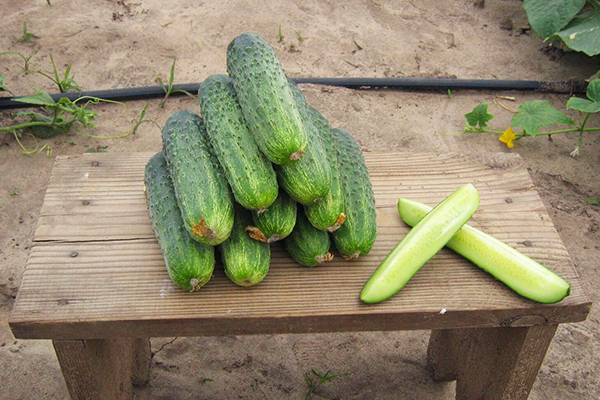
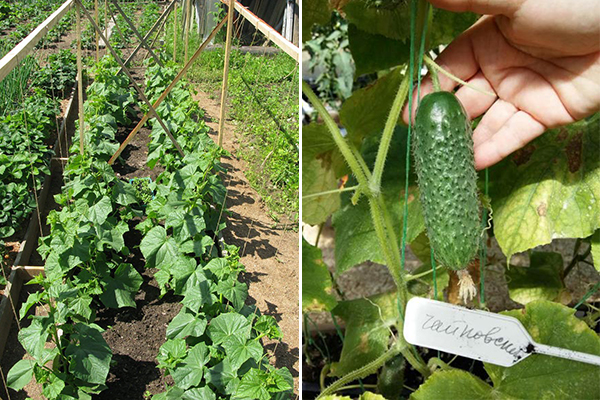
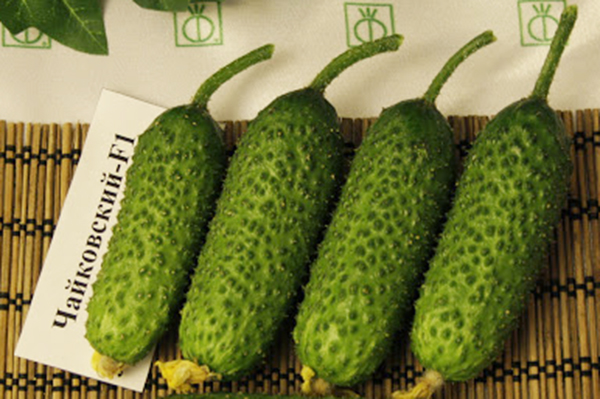
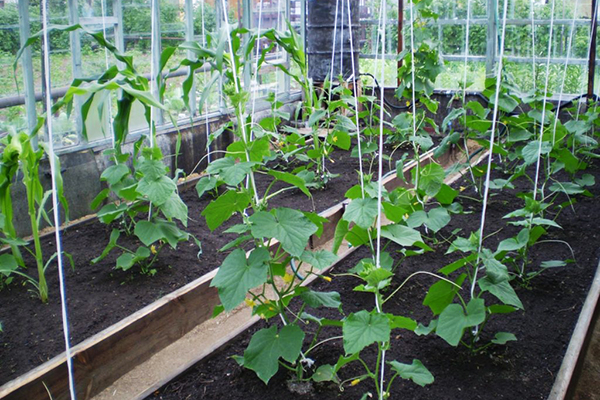
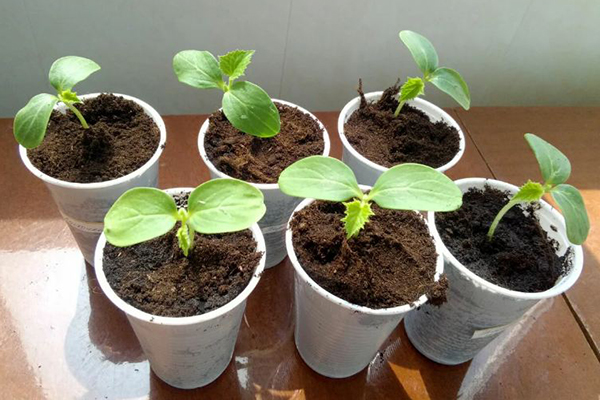
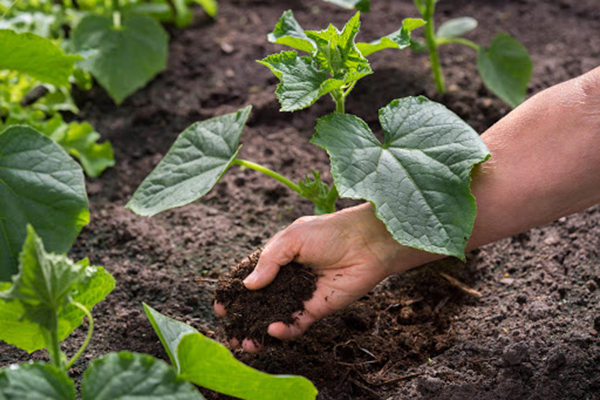
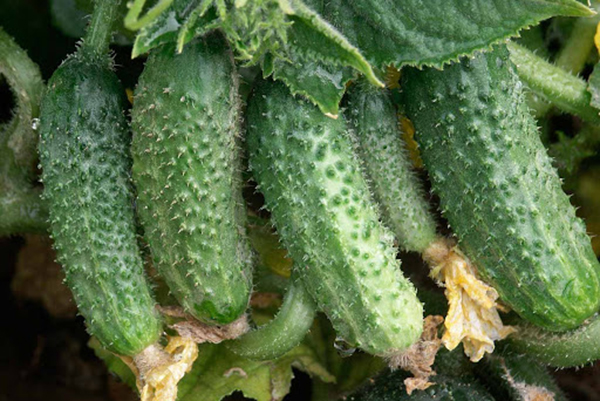
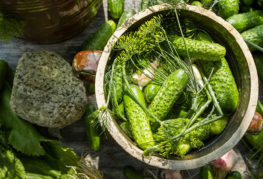
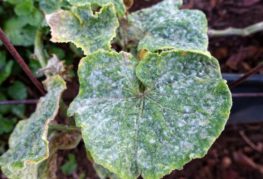
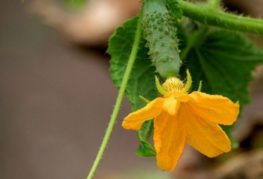
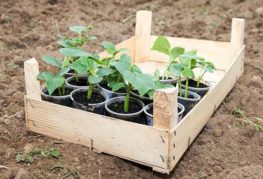
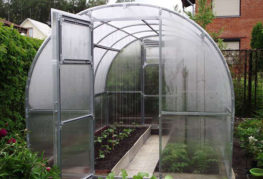
and will be published shortly.